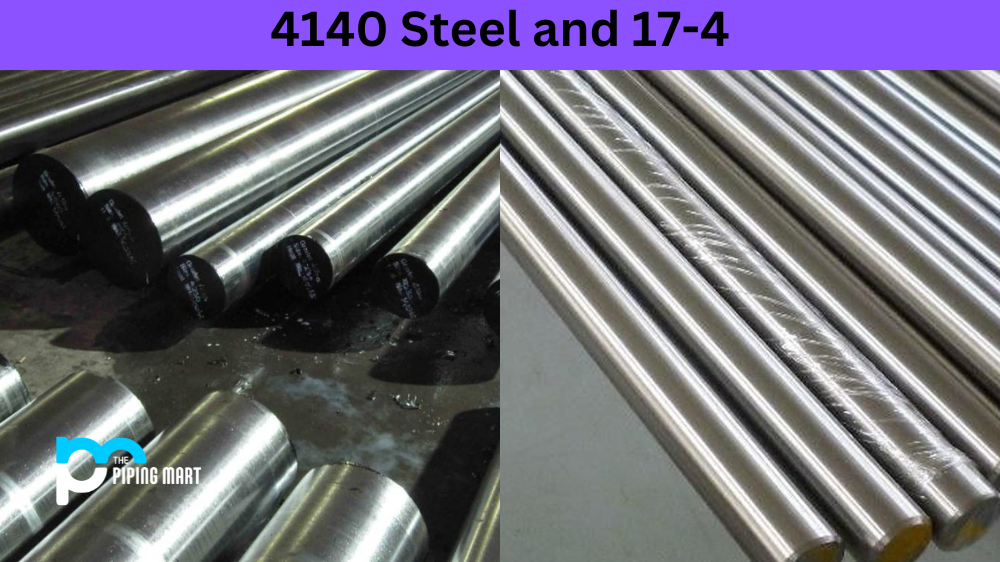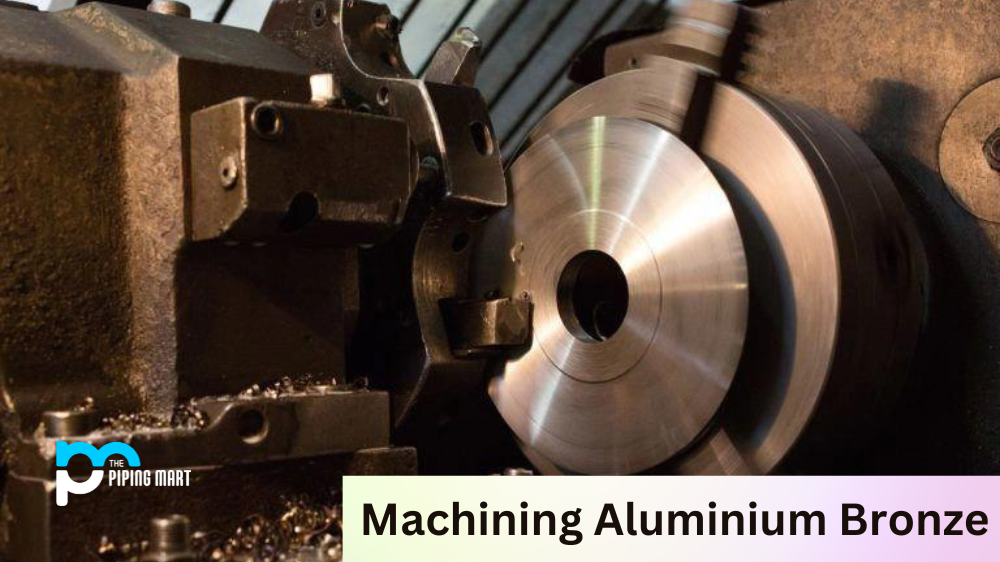When choosing steel for a project, there are two main types of steel to consider. Carbon and mild steel are common choices, but they differ in cost. In this blog post, we’ll explore the differences between carbon steel and mild steel prices so you can decide when it’s time to buy your materials.
Mild Steel Price
Mild steel is generally the least expensive steel due to its lower alloy content than other steel types. The average price per ton ranges from $600-$800 depending on grade, availability, size and supplier. In comparison to carbon steels, mild steels tend to be less expensive; however, they also tend to rust more quickly than other types of steels due to their lower alloy content.
Carbon Steel Price
Carbon steels are typically more expensive than mild steels due in part to their higher alloy content which increases strength levels significantly compared to mild steels without sacrificing ductility or malleability. The average price per ton ranges from $800-$1,000 depending on grade availability size and supplier.
Although more costly than their mild counterparts, carbon steels offer superior performance when used in projects requiring extra strength, such as automotive parts or large construction projects like skyscrapers or bridges where durability is key. Many industries prefer carbon steel over other options because they provide better performance for heavier loads without sacrificing too much on cost. For example, if you’re working on a large-scale construction project requiring higher-strength materials, carbon would be your best choice despite its slightly higher price over milder alloys like aluminium or stainless steel.
Difference Between Carbon Steel and Mild Steel
Before we dive into the pricing differences between these two types of steel, let’s consider what sets them apart. Carbon steel is an alloy of iron, carbon, and other elements. It has superior strength and hardness compared to its mild steel counterpart, making it ideal for cutting tools, automotive components, and structural frames. By contrast, mild steel is comprised mainly of iron with trace amounts of carbon and other elements. It is much softer than carbon steel and more malleable, making it better suited for applications like pipes or tubes that need to be bent or twisted into shape.
Conclusion:
When deciding between either mild or carbon steel for a project, it’s essential to consider not only the cost difference but also how each type will perform in relation to your specific application needs – after all, no one wants their hard work ruined by poor material choice! Ultimately, both types have pros and cons, so careful research should be done before deciding which type best fits your requirements; however, if you’re looking for a strong, reliable material, carbon might be the way forward! Ultimately when comparing prices between both types, it’s important not only to look at what each offers individually but also how they stack up against one another in terms of performance so that you can make an informed decision about which option will suit your needs best! Good luck!

A passionate metal industry expert and blogger. With over 5 years of experience in the field, Palak brings a wealth of knowledge and insight to her writing. Whether discussing the latest trends in the metal industry or sharing tips, she is dedicated to helping others succeed in the metal industry.




